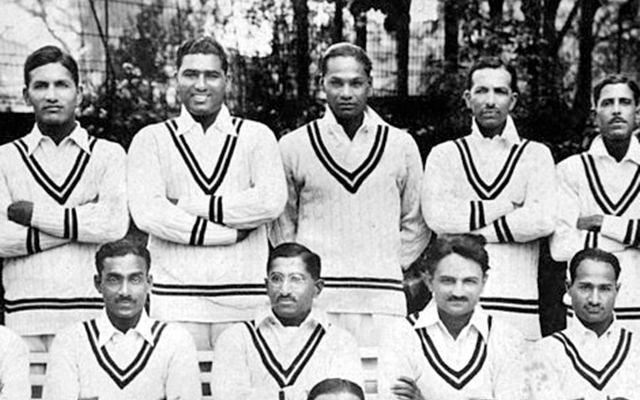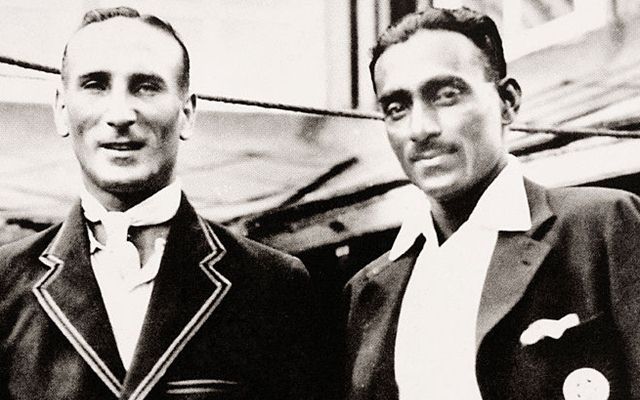India vs England Test Flashback: The story of India's first-ever captain in Test cricket
The Indian board decided that the skipper of the national team will be an Indian and an Indian born only.
2 Min Read


Selecting a captain for the team is always a tough task but what India faced ahead of their inaugural Test match in 1932 was something else. The Indian Cricket Board had as many as five suggestions came across before they went into the Test match in England. The Indian team for the one-off Test to be played in June at the Lord’s was announced on February 4th with Maharaja of Patiala as captain and Maharaja of Vizianagram as his deputy.
The two Maharajs tried their best to become the captain of the Indian team by sponsoring the tour and trails conducted for the team selection. But the Board preferred Maharaja of Patiala, Bhupendra Singh for his vast experience. A dejected Maharaja of Vizianagram cleverly opted out of the tour citing health issues. The Maharaj of Patiala also had to opt out from the tour due to fitness issues as he was already a 40 year-old.
This left the Indian board to look towards another Maharaja for putting on the captaincy responsibilities before opting for Maharaja of Porbander and his brother-in-law Kumar Shri Limbdi as his deputy. The decision was made on 15th March and the tour party sailed from Bombay on the mail ship named ‘Strathnaver’ on 2nd April. Limdi remained in India for his wedding and sailed from Bombay at the end of April.
The choice of making Maharaja of Porbander as captain wasn’t a good choice given his cricketing skill. In the three innings in the first-class matches ahead of the Test in the tour, the Maharaja scored 0, 2 and 0 respectively. He and his brother-in-law Limdi voluntarily stepped down from their positions for the sake of Indian team in the historic Test. The Maharaja of Porbander brought the team members together to make them play under CK Nayudu.
Cottari Kanakaiya Nayudu was easily India’s best batsman going into the Test and was vastly experienced in first-class cricket at the age of 36. He top scored in India’s first innings in the Test match with 40. India made 189 in response to England’s total of 259 and conceded a 70-run lead. The hosts extended their lead to 345 after declaring their 2nd innings at 275/8. India made only 187 in their 2nd innings and lost the match by a big 158-run margin.
From England player leading India to an Indian born leading England:

During 1931/32, the selection of Indian team was hampered due to political tensions caused by the Freedom movement. This caused abandonment of Bombay Quadrangular series and trails were arranged instead. The Hindu Gymkhana decided not to send any players to the trial matches in Punjab in protest at playing cricket in England. In this mean time there were suggestions to make an Englishman playing in India to lead them in the Test match.
However, the Indian board decided that the skipper of the national team will be an Indian and an Indian born only. Interestingly, the Lord’s Test in 1932 between England and India witnessed Douglas Jardine leading the hosts. Jardine was born in Malabar Hills in Bombay to a first-class cricketer Malcolm Jardine who was born in Simla, Punjab.
Download Our App